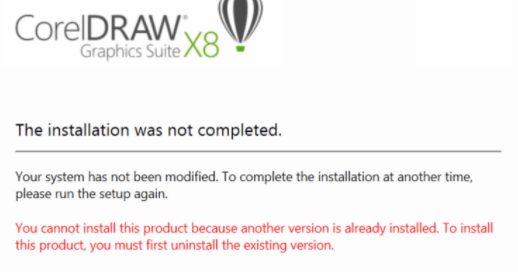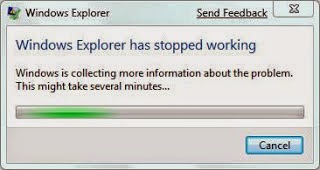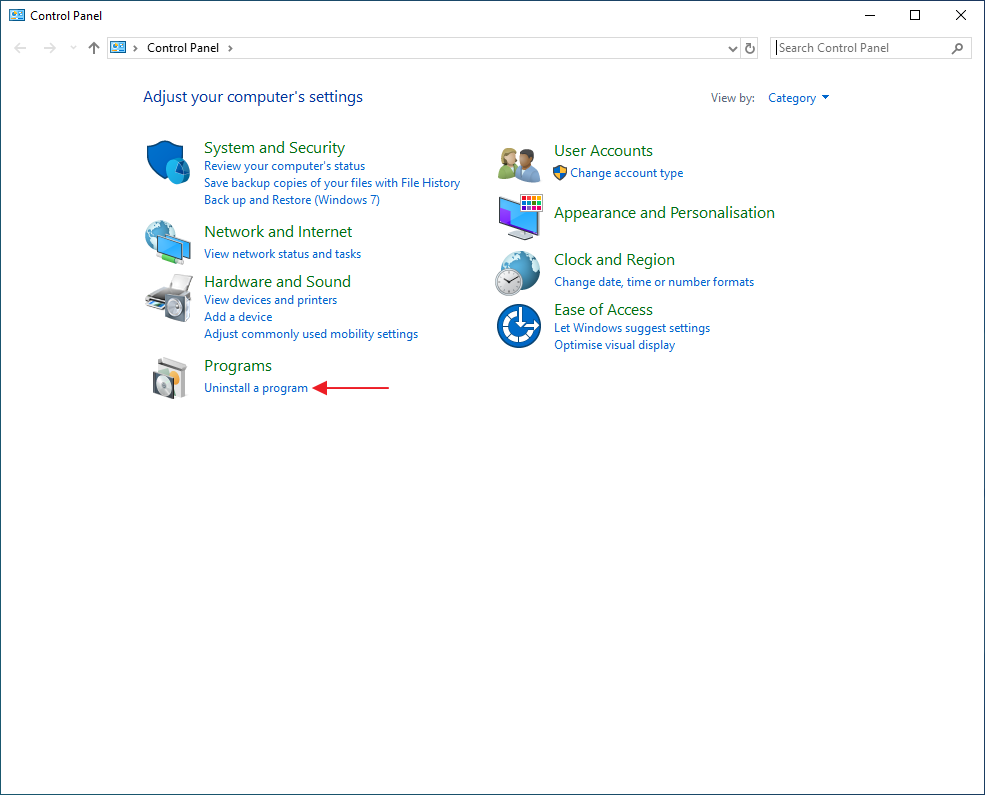
Outdated or corrupt video drivers can cause Windows Explorer to stop working. Downloading and installing the latest video driver can solve many of these issues.

To resolve this issue you need to determine what is causing Windows Explorer to stop working, try the troubleshooting steps below to help determine the issue. Some applications or services running on your PC may be causing Windows Explorer to stop working You may have a Virus or Malware infection on your PC System files on your PC may be corrupt or mismatched with other files You may be using an outdated or corrupted video driver This issue can be caused due to any of the following issues:

Windows is restartingĪdditionally, you may notice the screen flicker just before or after the error message appears. Under Microsoft Update, select Give me updates for other Microsoft products when I update Windows, and then select Apply.Ĭlick the questions below to see answers about how Windows Update keeps your device up to date.Windows Explorer has stopped working. Under Recommended updates, select Give me recommended updates the same way I receive important updates. Select Choose how updates get installed, and then, under Important updates, select Install updates automatically (recommended). If you want to check for updates manually, select Check now. Open Windows Update by swiping in from the right edge of the screen (or, if you're using a mouse, pointing to the lower-right corner of the screen and moving the mouse pointer up), select Settings > Change PC settings > Update and recovery > Windows Update. Instead, Windows Update automatically installs important updates as they become available. With automatic updates, you don’t have to search for updates online or worry about missing critical fixes or device drivers for your PC.


The best way to keep Windows 8.1 up to date is to turn on automatic updates. Note: If you're looking for Microsoft Office update info, see Install Office updates.


 0 kommentar(er)
0 kommentar(er)
